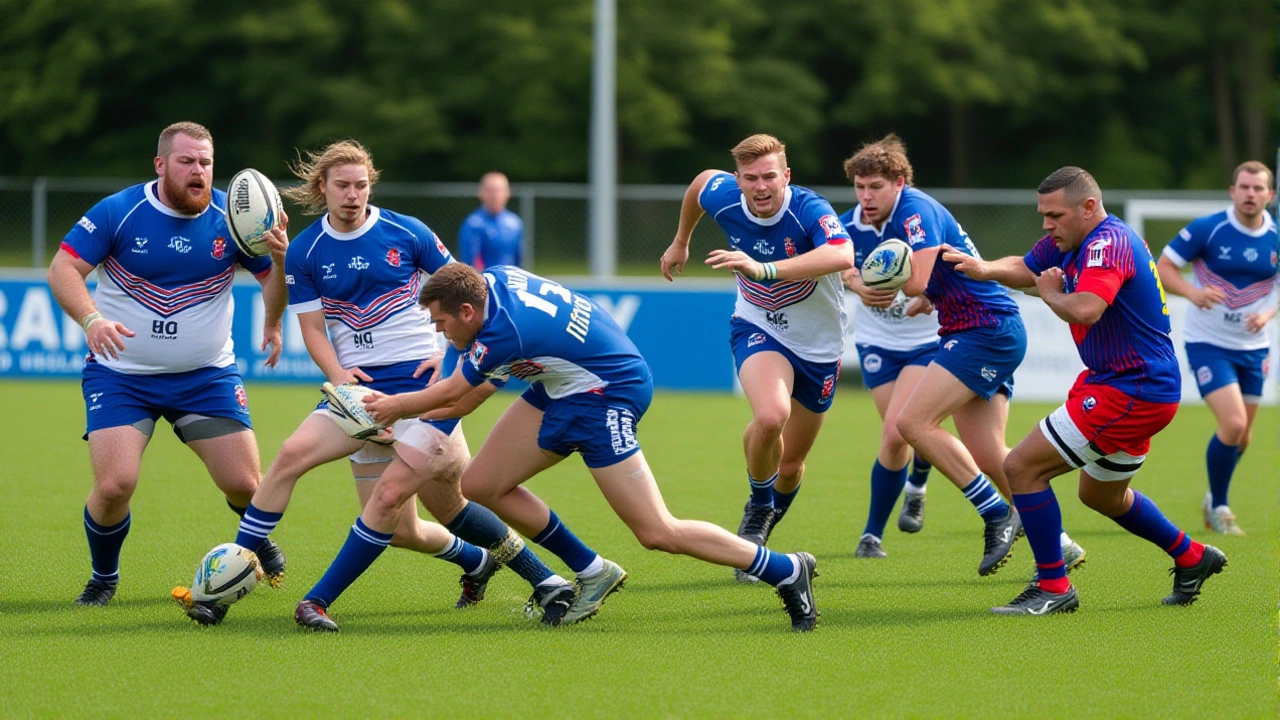RFL President's Cup: All You Need to Know
When talking about RFL President's Cup, the premier knockout competition organised by the Rugby Football League that pits semi‑professional clubs against each other for a historic trophy, fans instantly picture gritty matches, local rivalries and a chance for underdogs to shine. The cup reflects the core idea that RFL President's Cup is more than a trophy – it’s a celebration of community rugby across England.
Key Facts and Related Entities
The Rugby Football League, the governing body that runs professional and amateur rugby league in the UK sets the tournament rules, schedules fixtures and ensures clubs meet eligibility standards. By linking the competition to the knockout tournament, a single‑elimination format where a loss sends a team out of the cup, the RFL guarantees high‑stakes drama from the first round to the final. This structure means the cup encompasses clubs from the Championship, League 1 and elite amateur sides, creating a unique blend of talent and ambition.
One of the most telling semantic connections is: the RFL President's Cup requires clubs to meet strict player registration criteria, and those criteria are enforced by the Rugby Football League. In practice, that relationship forces clubs to develop solid youth pathways, because only eligible players can appear on match‑day squads. Another clear link: the knockout tournament format influences fan engagement, as each game carries the weight of a possible exit, driving higher attendance and media interest.
Historically, the cup has produced memorable moments – think of the 2015 final where a fourth‑tier side upset a Championship heavyweight, or the 2020 semi‑final that went to extra time after a dramatic last‑minute try. These stories illustrate how the cup encompasses both tradition and surprise, giving smaller clubs a national stage while preserving the heritage of English rugby league.
From a club perspective, participation offers two big benefits. First, the chance to earn additional revenue through ticket sales and sponsorship tied to the cup run. Second, players get exposure to a higher level of competition, which can boost their chances of being scouted by Super League teams. The Rugby Football League monitors performance data from these matches to inform future development programmes, establishing a feedback loop that strengthens the sport overall.
Fans enjoy the cup for its accessibility. Many fixtures are streamed for free on the RFL’s official platform, and local pubs often host watch parties that turn each game into a community event. Social media buzz spikes after each round, with hashtags like #RFLPresCup trending on Twitter, showing how the competition ties together on‑field action and online conversation.
Looking ahead, this season’s draw features a mix of historic powerhouses and rising contenders. The opening round kicks off in early March, with matches spread across regional venues to minimise travel for supporters. As the tournament progresses, you’ll see the quarter‑finals scheduled for late April, followed by a semi‑final weekend that usually attracts a national TV audience. The final, traditionally held at a neutral stadium in August, promises a festive atmosphere complete with live music and fan zones.
All of these angles – governance by the Rugby Football League, the knockout tournament format, club benefits, fan culture and the current season’s schedule – form the backbone of what you’ll find in the articles below. Dive into the collection to get deeper analysis of match tactics, player stories, and how the RFL President's Cup continues to shape English rugby league today.
